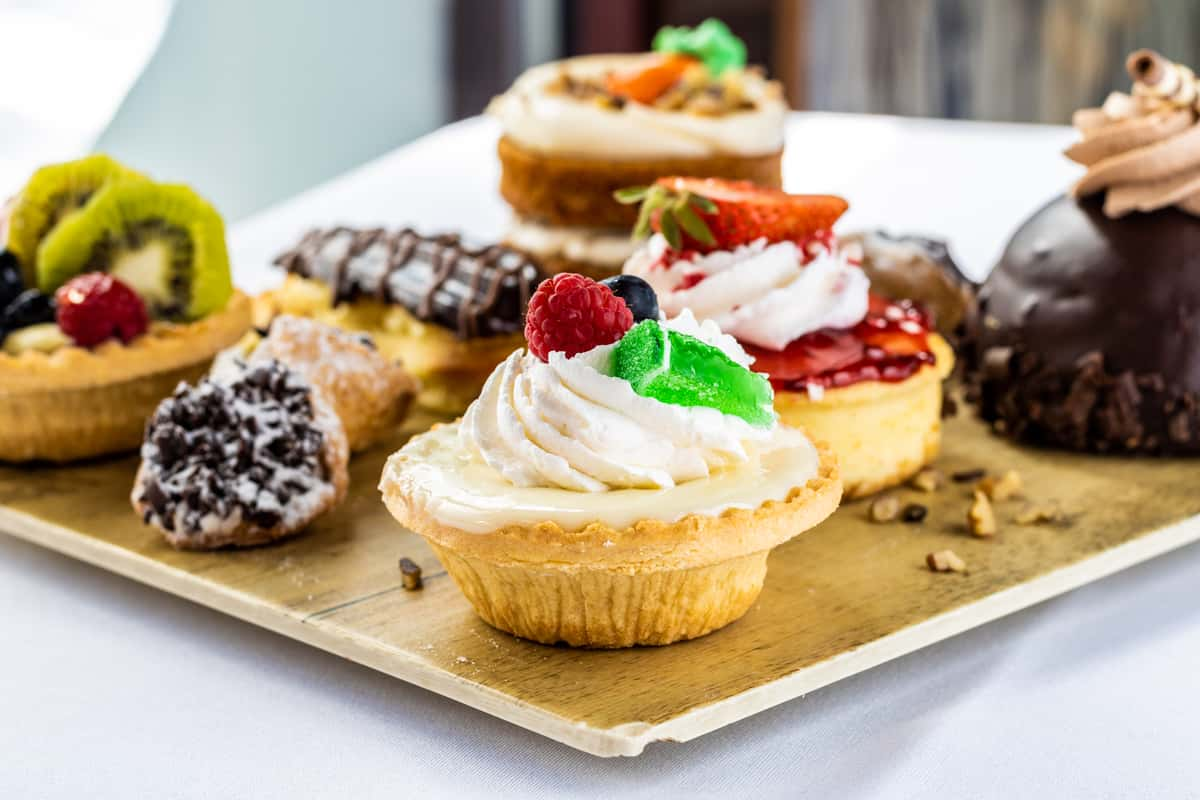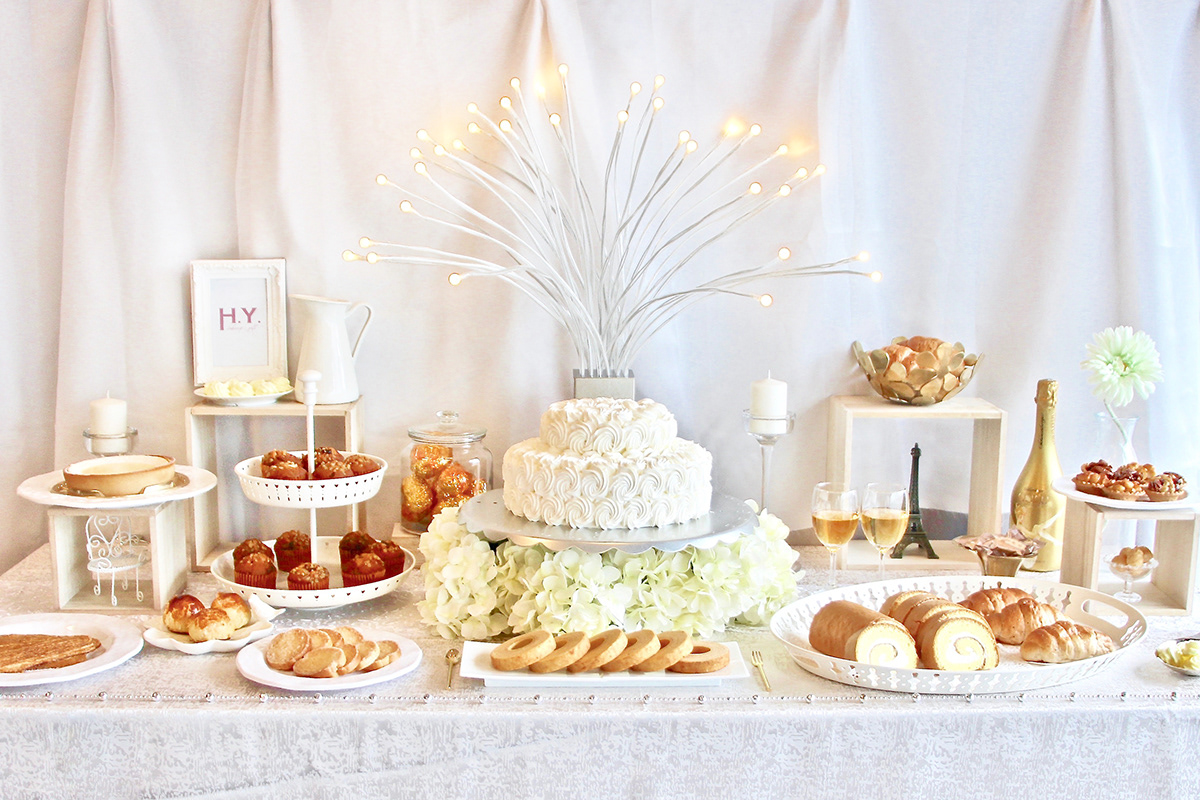Preparation a Birthday Party Maddington? Tips for a Great Event
Preparation a Birthday Party Maddington? Tips for a Great Event
Blog Article
Recognizing the Art of Bakery Products: From Newly Baked Breads to Alluring Pastries and Finger Foods
The intricate art of bakery products includes a range of strategies and ingredients that transform fundamental elements right into cooking delights. From the science behind the best loaf of bread, where fermentation and gluten growth play crucial roles, to the finesse required for creating layered pastries, each element exposes a compelling narrative of workmanship. In addition, the convenience of finger foods highlights how flavor and texture can be artfully integrated to engage diverse taste preferences. As we check out these aspects, one might question: what underlying principles govern the success of these beloved creations?
The Scientific Research of Bread Making
At the heart of every loaf of bread exists an interesting interaction of chemistry and biology. The process of bread making starts with the mix of flour, yeast, salt, and water-- each ingredient playing a vital role in the final product.
Yeast, a living organism, ferments the sugars present in the flour, creating co2 and alcohol while doing so. The carbon dioxide gas develops bubbles in the dough, causing it to rise and establish a light appearance. The temperature and humidity during fermentation substantially affect yeast activity and, consequently, the bread's taste and texture.

Learning Pastry Methods
How can one attain the delicate equilibrium of texture and taste that defines exceptional pastry? Understanding pastry strategies needs a deep understanding of ingredients, approaches, and the science behind them. Basic to this craft is the choice of high-quality components-- flour, butter, sugar, and eggs-- each playing an essential role in the end product's flavor and appearance.
The technique of lamination, which entails folding layers of dough and butter, creates the wanted flakiness in pastries like croissants and smoke pastry. Precision in temperature level is vital, as butter must continue to be chilly to make certain ideal layers. In a similar way, appropriate blending methods, such as the creaming method for cakes, make certain even consolidation of air and fat, causing a light and airy crumb.
In addition, maintaining the appropriate humidity levels throughout cooking can significantly affect the result, making sure that breads rise correctly and accomplish that golden-brown surface. Ultimately, the art of bread also demands persistence and technique; each attempt enhances one's ability and understanding of the detailed equilibrium called for to develop tempting pastries that thrill the detects. Mastery in these techniques inevitably identifies an experienced pastry chef from an amateur.
Kinds Of Finger Foods
The globe of cooking delights extends past breads to include a large selection of finger foods, which are celebrated for their comfort and flexibility. These bite-sized treats are ideal for celebrations, supplying a selection of tastes and textures that satisfy diverse palates.

On the sweeter side, tiny tarts and bite-sized cupcakes use a delightful coating to any kind of meal, appealing to those with a pleasant tooth. In addition, cheese and charcuterie boards act as an advanced selection, permitting visitors to tailor their bites with a selection of meats, nuts, cheeses, and fruits.
Taste Profiles in Cooking
Baking is an elaborate dancing of taste profiles that incorporates sweet, tasty, and umami notes to produce an unified experience for the palate. Comprehending these accounts is essential for bakers looking for to raise their developments.
Sweet taste usually acts as the structure in baked products, with sugars, fruits, and natural sugar boosting flavor deepness. Active ingredients such as delicious chocolate and sugar present complicated pleasant notes that can either control or complement other flavors. Alternatively, mouthwatering aspects, commonly located in breads and pastries, provide equilibrium and contrast. Active ingredients like herbs, cheeses, and seasonings can change a basic dough into a multifaceted flavor experience.
Umami, regularly forgotten in baking, plays a significant role in enriching tastes. Components such as aged cheeses, fermented products, or also particular nuts add to a savory deepness that improves general taste.
In addition, the interaction of acidity from ingredients like buttermilk or citrus zest can brighten flavors, providing a rejuvenating counterpoint to sweet taste. By attentively integrating these taste accounts, bakers can craft items that reverberate with varied palates, creating an unforgettable cooking experience. Inevitably, understanding flavor accounts is key to development worldwide of baking.
Necessary Cooking Tools and Active Ingredients
Comprehending taste profiles in baking collections the phase for picking the right tools and ingredients that help with the development of phenomenal baked goods. A trusted go to website set of baking frying pans-- such as sheet pans, loaf frying pans, and cake frying pans-- is vital for achieving wanted shapes and textures.
Flour serves as the backbone of many recipes; picking the best kind-- be it bread, all-purpose, or pastry flour-- can significantly affect the end result. Baking powder and baking soda are crucial for producing lift in cakes and pastries.
Additionally, including flavor enhancers like Going Here vanilla essence, flavors, and citrus enthusiasm can boost your creations. By ensuring access to these essential tools and ingredients, bakers can with confidence start their culinary trip, crafting a varied variety of fascinating baked goods.
Conclusion
In verdict, the art of pastry shop products incorporates a profound understanding of both scientific concepts and innovative strategies. Proficiency in bread making, pastry prep work, and finger food discussion reveals the elaborate connections in between processes and components. Exploring diverse flavor profiles improves the baking experience, while important tools and active ingredients supply the structure for success. Inevitably, the charming world of cooking grows on the unified interaction of science and creative thinking, resulting in a myriad of wonderful cooking developments.
How can one accomplish the fragile equilibrium of structure and taste that defines outstanding pastry? Basic to this craft is the option of top quality active ingredients-- flour, butter, sugar, and eggs-- each playing a vital role in the final product's flavor top article and structure.

Recognizing flavor profiles in baking collections the stage for choosing the right devices and ingredients that help with the development of remarkable baked goods. Exploring diverse taste profiles enriches the baking experience, while vital tools and components supply the foundation for success.
Report this page